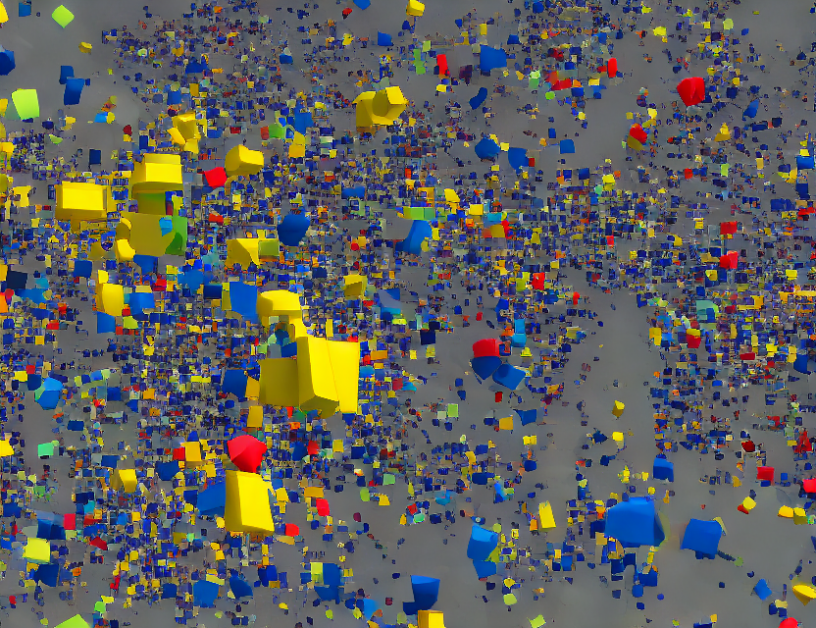Text classification is a fundamental task in Natural Language Processing (NLP) that involves assigning predefined categories or labels to textual inputs based on their content. This process has numerous applications, including sentiment analysis, spam detection, and topic modeling. In this article, we will provide a comprehensive survey of the traditional methods used for text classification, along with their advantages and limitations.
Traditional Methods
- Data Preprocessing: The first step in text classification is data preprocessing, which involves cleaning and transforming raw text data into a format suitable for machine learning algorithms. This step includes removing punctuations, stop words, and stemming or lemmatizing the text.
- Feature Extraction: After preprocessing the data, the next step is feature extraction, which involves representing the text in a numerical form that can be fed into a machine learning model. Common techniques used for feature extraction include bag-of-words, term frequency-inverse document frequency (TF-IDF), and word embeddings.
- Classifier Training: The final step is classifier training, where a machine learning algorithm is trained on the extracted features to predict the category of the text. Common algorithms used for this purpose include support vector machines (SVM), decision trees, and neural networks.
Deep Learning Methods
- Convolutional Neural Networks (CNN): CNNs are a type of deep learning model that have shown promising results in text classification tasks, particularly in sentiment analysis and topic categorization. These models use convolutional layers to capture local features in the text.
- Recurrent Neural Networks (RNN) and Long Short-Term Memory (LSTM): RNNs are another type of deep learning model that have been widely used for text classification tasks, especially in handling long-distance dependencies in text data. LSTM is a variant of RNN that improves upon the vanishing gradient problem in traditional RNNs.
- Transformer Models: Transformer models, such as BERT, are a type of deep learning model that utilize self-attention mechanisms to capture long-range dependencies in text data. These models have achieved remarkable results in various NLP tasks, including text classification.
Zero-Shot Methods
- Zero-shot learning is a technique used for text classification where the model is trained on a different dataset and then applied to a new dataset without any additional training. This approach can be useful when collecting or labeling data is difficult or impractical.
In summary, traditional methods for text classification involve three key steps: data preprocessing, feature extraction, and classifier training. Deep learning methods such as CNNs, RNNs, LSTMs, and transformer models have shown promising results in text classification tasks, especially in sentiment analysis and topic categorization. However, these methods typically require extensive datasets for training, which can be challenging to collect or label. Zero-shot methods offer an alternative approach by training the model on a different dataset and then applying it to a new dataset without additional training. By understanding the strengths and limitations of each approach, researchers and practitioners can choose the most appropriate method for their specific use case.



